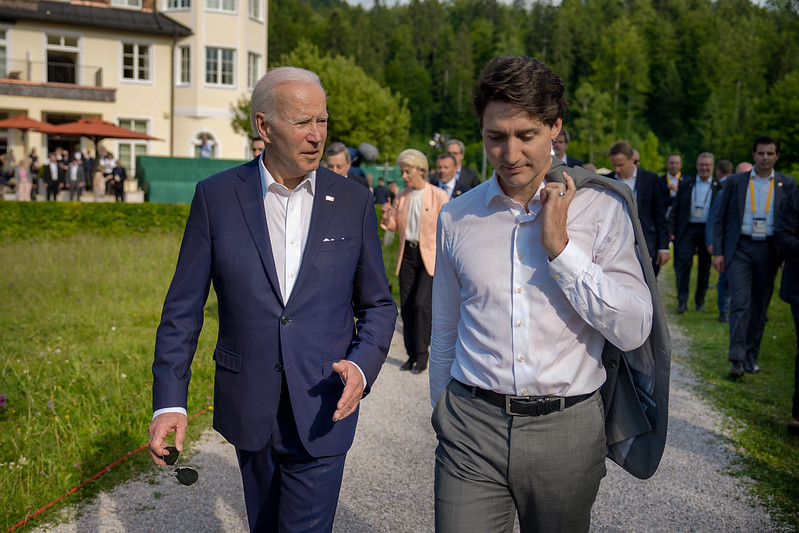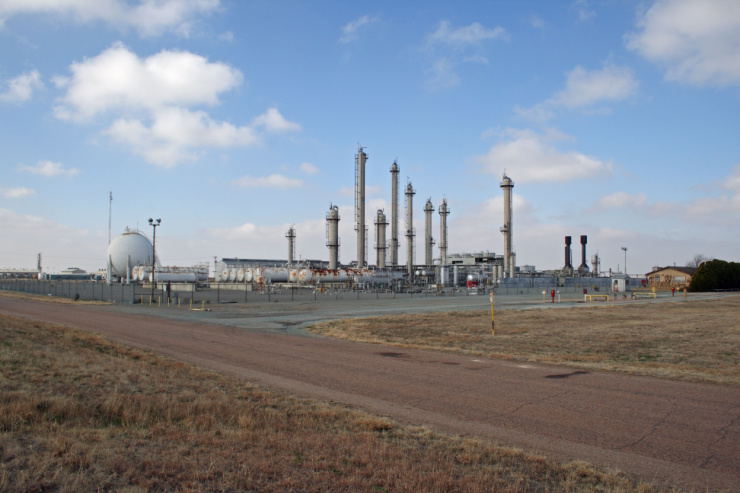
Evaluating the causes of the complex event resulting from the Canada forest fires calls for humility, curiosity, and thoughtfulness, advises Mary Anastasia O’Grady in the WSJ.
But politicians are in charge, she laments.
Senate Majority Leader Chuck Schumer jumped in front of a camera on Wednesday to proclaim that “we cannot ignore that climate change continues to make these disasters worse.”
President Biden called the Canada burn “another stark reminder of the impacts of climate change.”
Canadian Prime Minister Justin Trudeau joined the chorus.
Political Hot Air
A 2020 study, “Trends in Canadian Forest Fires, 1959–2019,” found that “there was a sharp increase in destruction caused by forest fires” in the first half of that 60-year period, “and a general decline in the second half.” The study, published by the Vancouver-based Fraser Institute, reported that “the all-time peak of fire activity in 1989 involved some 7.6 million hectares burned, while the most recent national data show only 1.8 million hectares burned in 2019.” Fire activity varied significantly across the country. Whereas Alberta had its second-highest fire loss in 2019 (1981 was its worst), in the prairie provinces “peak fire activity occurred several decades ago.” In the east, levels of forest fire activity were “steady.”
Robert Murphy is the author of the study. His objective was “merely to document” what had happened with fire during that time.
As to possible explanations, he mentioned “temperature and rainfall, but also local fire suppression policies, human-forest interactions, and agricultural practices.” He warned against trying to oversimplify the matter. “Any simple cause,” he observed, “would not have such disparate impacts across provinces and territories.”
A Fluke Weather System
Two years later, continues Ms. O’Grady, “Quebec’s boreal forests are ablaze, New York is eating the smoke—mostly due to a fluke weather system—”and the anti-fossil-fuel crowd isn’t about to let a crisis go to waste.
Yes, changes in climate may be a contributing factor, but there are other circumstances that invite trouble. Trouble can come as a result of policies that increasingly cordon off forests from people. “What is intended to protect trees can lay the forest floor for disaster.”
Forestry Companies Are Good Stewards
Most of Canada’s forest land is owned by the crown, which leases some of that land to forestry companies.
(Forestry companies) practice sustainable management, by doing such things as keeping the ground clean and seeding and planting saplings after a harvest. They do this as part of their contract with the government and because it’s in their own interest to be good stewards.
Seth Kursman is an executive for the Montreal-based Resolute Forest Products. Mr. Kursman explains what happens when lightning strikes:
“As public policy has gotten more restrictive and more land has been set aside for preservation, there is less harvesting of mature trees and less cleaning of the forest floor. Trees in unmanaged boreal forests usually die of disease, insect infestations, or fire. When lightning strikes where there is a lot of dry tinder, the fire is worse.”
As counterintuitive as it might sound, Ms. O’Grady argues that greater use of Canadian woodlands by forestry companies could reduce the risk of catastrophe.
“About two tenths of 1% of the boreal forest is harvested annually, while more than 25 times that amount of forest is impacted by fire, insects and disease,” Mr. Kursman said in a telephone interview last week. Those are trees that need humans.
If you’re willing to fight for Main Street America, click here to sign up for the Richardcyoung.com free weekly email.




